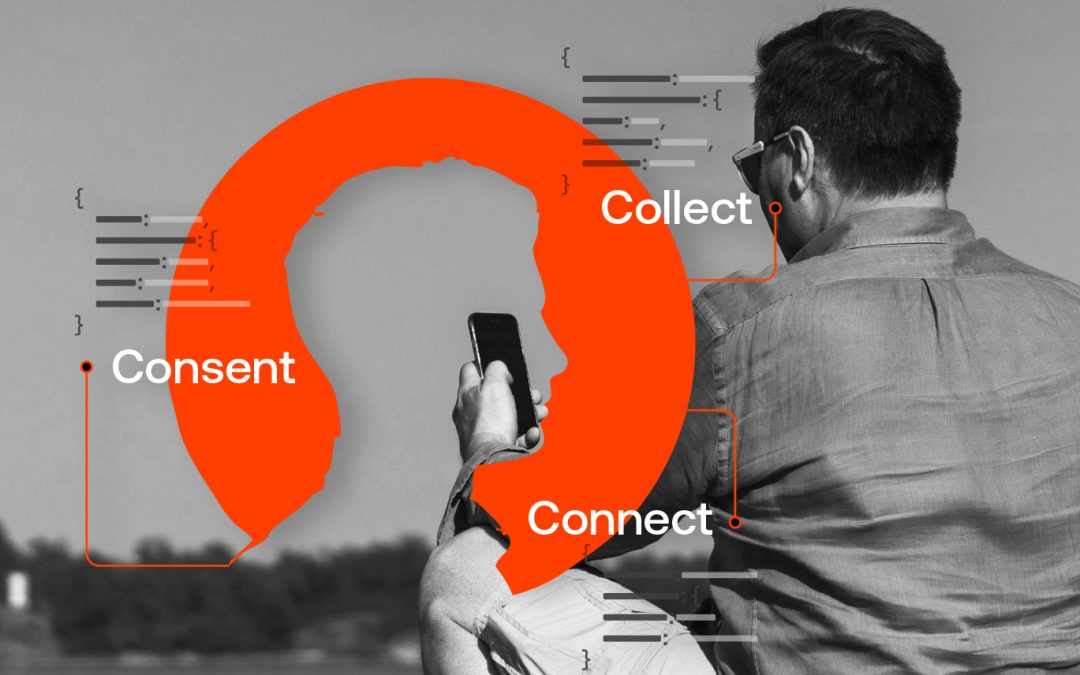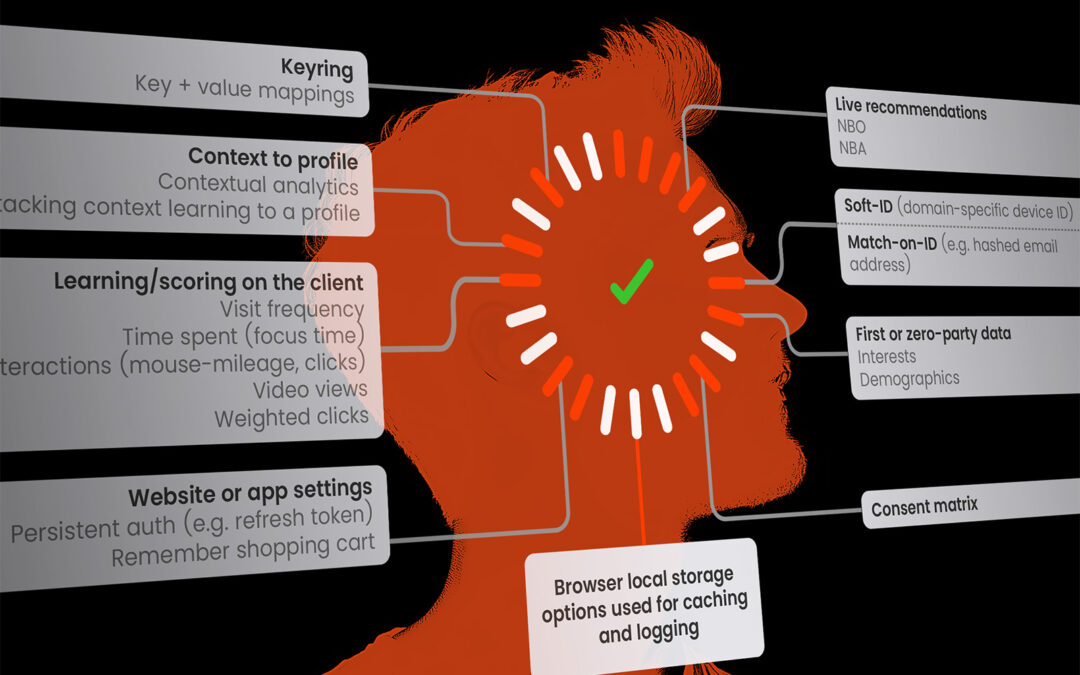Death of the Third-party : Slow but Inevitable
The death of third-party cookies is much closer than you think, with Safari and Firefox already blocking them and Chrome ready to pull the plug in another year or two.
There is no immediate solution for the disappearance of the third-party cookies. Many companies are frantically trying to solve the issue as this has been a lifeline for ad revenue for publishers. This urgency is well founded too, as early research from Google has clearly pointed out a drop in revenue in the range of 50% as a result of disappearing third-party cookies.
At Gravito, this was one of the challenges we did foresee. And we have been busy solving this. In the case of Gravito, we have the “MyData and Privacy First” approach as one of our driving policies. Dare we say, this turmoil can lead to something good for customers and publishers in the future, but only time will tell (fingers crossed).
To be honest, direct replacements for the third-party cookie don’t really exist. If you think about it, existing Data Clean rooms built by Google or Facebook to provide aggregated data based on best matches or the ones big corporations are planning to set up can be beneficial. However, the results can at best be just rough estimates and the cost of building such a big setup with a lot of moving parts can be hard to maintain and come with their own significant privacy risks.
Another alternative is the Browser based share-safe and privacy-safe ID’s. In this case, the user gets a unique ID which is provided by the browser and this can be used as the centerpiece in the sharing of information with publishers and advertisers. Not many have taken this up yet but there have been noteworthy initiatives in this field. One of the pioneers in this field is IAB Technology Laboratory (IAB Tech Lab), (also one of Gravito’s partners) have conceptualized a unique ID which they call “standardized user tokens”.
So, where does this leave us?
Gravito’s Approach on a Possible Solution: First-party IDs Explained
At Gravito, we believe that first-party IDs are the way forward. Even though it opens up a lot of challenges, we are confident that if we take a pragmatic approach, we can come up with a good solution which will solve the challenges that publishers and advertisers will face in the coming decade. As we speak, we have multiple publishers in the Nordics who are gearing up for this tectonic shift by combining Gravito’s CMP and first-party solution. I realize that this is a big claim. So please hold on while I try to explain this claim in this two-part series.
What are First-Party IDs?
There are two types of first-party IDs to be exact – cookie-based IDs which are set on the client side and log-in based IDs which are set on the server side (Server-Side cookies).
Client Side
First-party cookies that are set on the client side, for example, will expire after one day in Safari. These are mostly set during visits from ad campaigns, social networks, or publishers with cross-site tracking capabilities. As the existence of client side first party cookie IDs are extremely restrictive, it cannot serve as a solution in the long run.
Server Side
Alternatively, there are the first-party IDs set on the server side by the actual website. These include log-in IDs (unique organizational level IDs for the customer or an email hash) which are more persistent and these IDs can last up to a year. A simple use case of this includes not showing the nagging consent popup across the several domains that a publisher owns. This has been one of the most sought after features by many of our customers, especially publishers. More complex cases of re-targeting by hooking in different ad platform IDs to a person’s identity is also possible with first-party IDs.
The Good, The Bad and the Ugly
Even though they are not a direct alternative to the existing usage of third-party cookies, there are a number of benefits to using first-party IDs. Stickiness or persistence of the IDs grows from days and weeks to months and years. This will also enable increased activation (for e.g., asking more users to login to consume content) and sharing of first-party data with reduced security risks, increased control and much improved consumer privacy which leads to lesser scrutiny by the authorities.
But there are some obvious disadvantages too. The number of identifiers will grow exponentially. There have been many new data consortium and organizations coming up with solutions to solve the issue of having multiple IDs. They all call themselves “The One ID” that can solve all possible issues. But the simple fact that there are already so many of these IDs proves that this might not be a possible solution going forward.
In our case, with every single publisher sending first-party IDs that all need to be linked with advertisers’ IDs, the environment will become incredibly complex very quickly. Publishers and advertisers will need to create IT infrastructure to handle this complexity, but unfortunately that is and should not be their key focus area. Such a scenario could turn ugly pretty fast.
In the next part of this article, we will share the possible ways forward in the context of the first-party ID’s. We will discuss some use cases and opportunities in the approach that Gravito is taking to solve this issue.
References
- https://blog.chromium.org/2020/01/building-more-private-web-path-towards.html
- https://services.google.com/fh/files/misc/disabling_third-party_cookies_publisher_revenue.pdf
- https://iabtechlab.com/blog/evolution-of-internet-identity-privacy-tracking/
- https://www.iabseaindia.com/blog/the-role-of-first-party-ids-in-a-cookie-less-world





